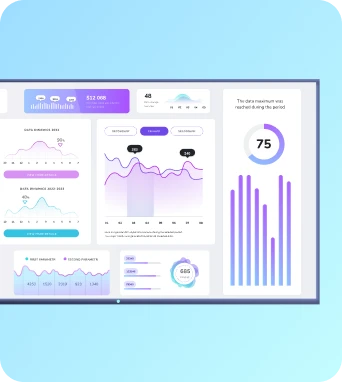Bluetooth-enabled audience tracking
A system that uses Bluetooth signals (beacons, BLE devices, and smartphones) to anonymously detect and analyze audience presence, movement, dwell time, and engagement in physical spaces.
Bluetooth-enabled Audience Tracking
How it works
Common applications
- Retail analytics: measure footfall, conversion, and in-store pathing to optimize merchandising and staffing.
- Events and venues: track attendance, crowd flow, and popular exhibits or stages.
- Transit and public spaces: monitor passenger flows, platform dwell times, and peak congestion.
- Digital ad attribution: correlate physical visits with ad exposure for cross-channel measurement.
- Personalized services: enable location-based messaging or experiences when combined with opt-in apps.
Privacy and compliance
Keep the learning going...
Bluetooth beacons
Bluetooth beacons are small battery-powered devices that broadcast Bluetooth Low Energy signals to nearby receivers. They transmit identifiers which mobile apps or signage systems use to estimate proximity and trigger contextual actions, such as displaying targeted messages on TV dashboards, wayfinding cues, asset tracking updates, or location-based analytics.
Bluetooth device pairing
Bluetooth device pairing is the procedure that establishes a trusted wireless connection between a TV dashboard or digital signage player and a Bluetooth peripheral such as a keyboard, speaker, beacon or sensor. The process exchanges identity and encryption keys so devices can authenticate, bond and communicate reliably within a managed Fugo signage deployment.
Bluetooth-enabled displays
Bluetooth-enabled displays are screens with integrated Bluetooth radios that support device discovery, peripheral pairing and low-energy signalling. They enable local interactions with keyboards, sensors, mobile devices and beacons for proximity-triggered content, reducing cabling and simplifying on-site control for TV dashboards and digital signage deployments.



